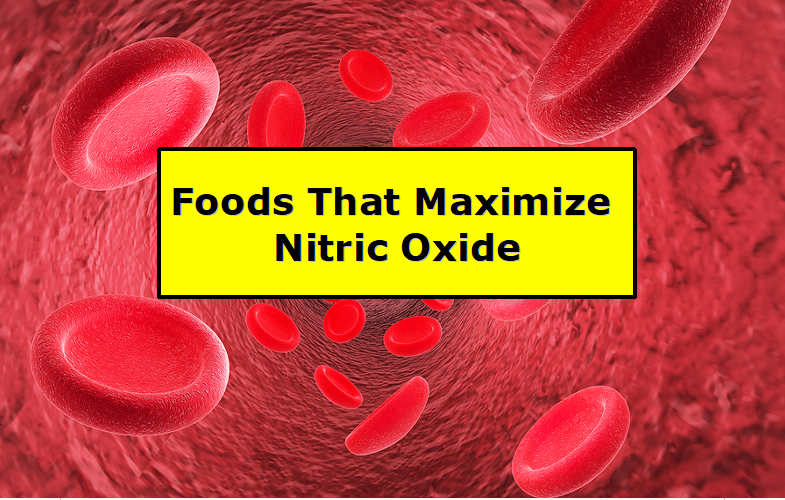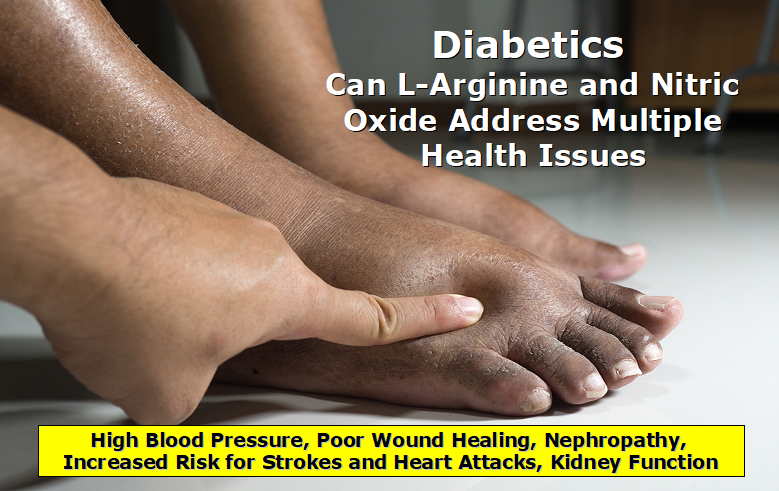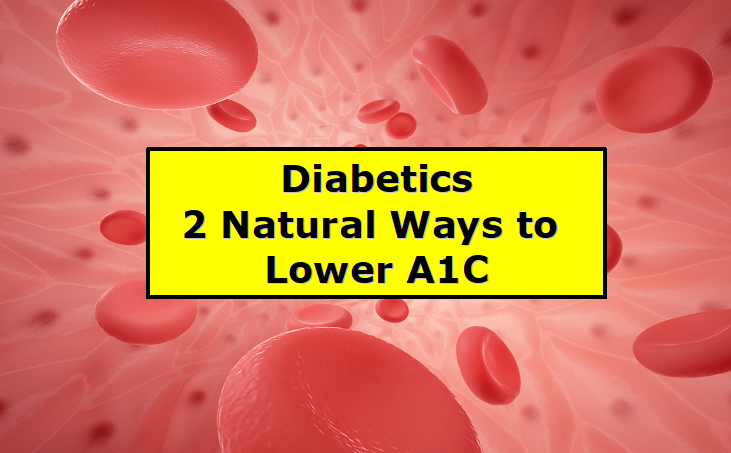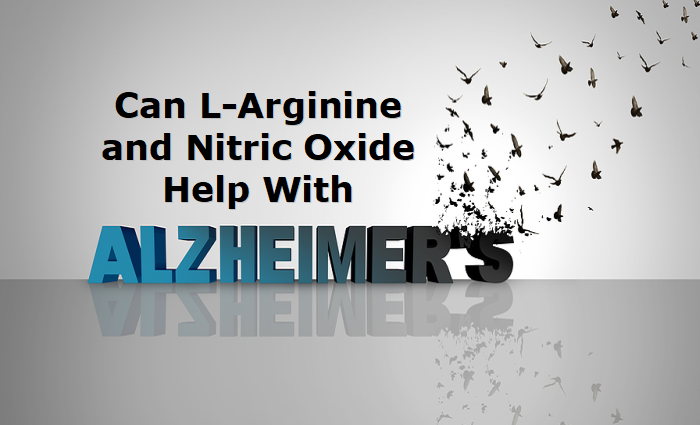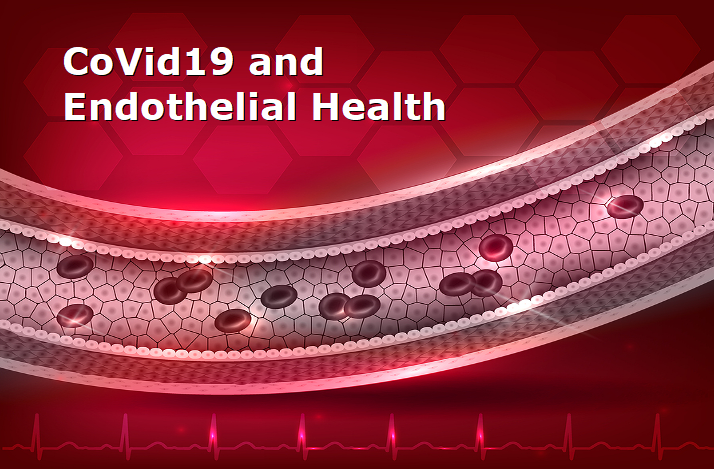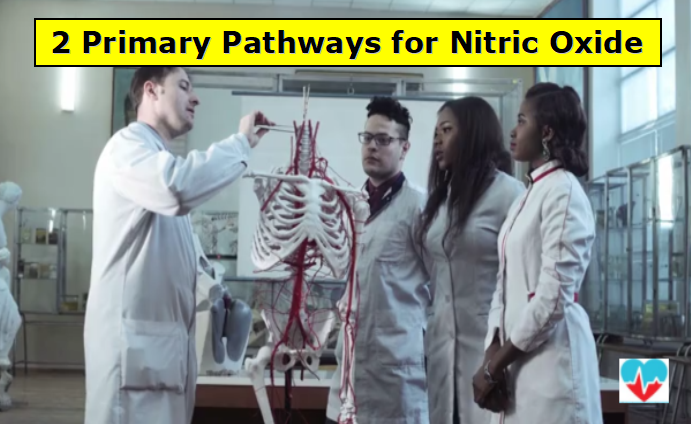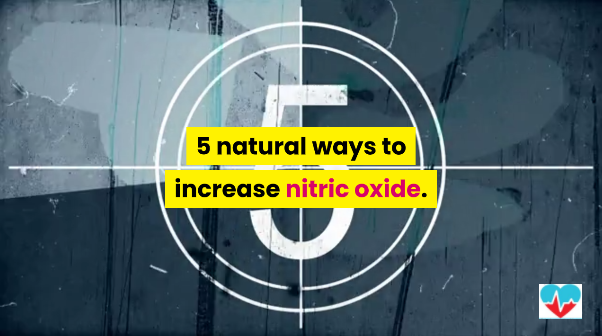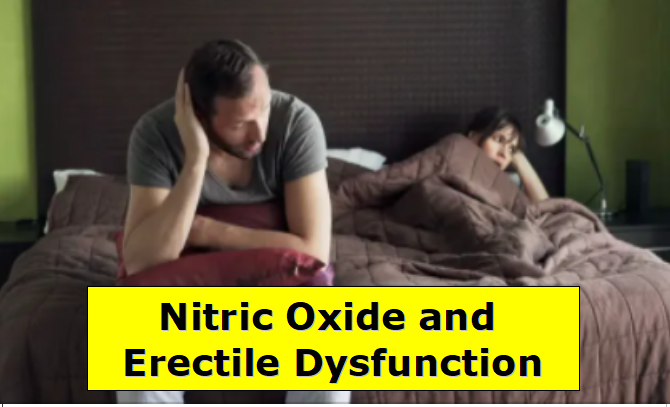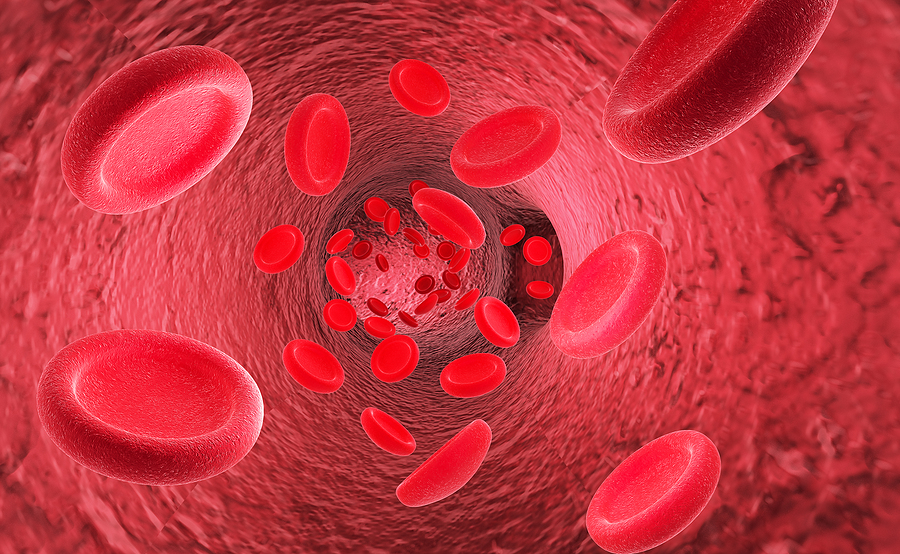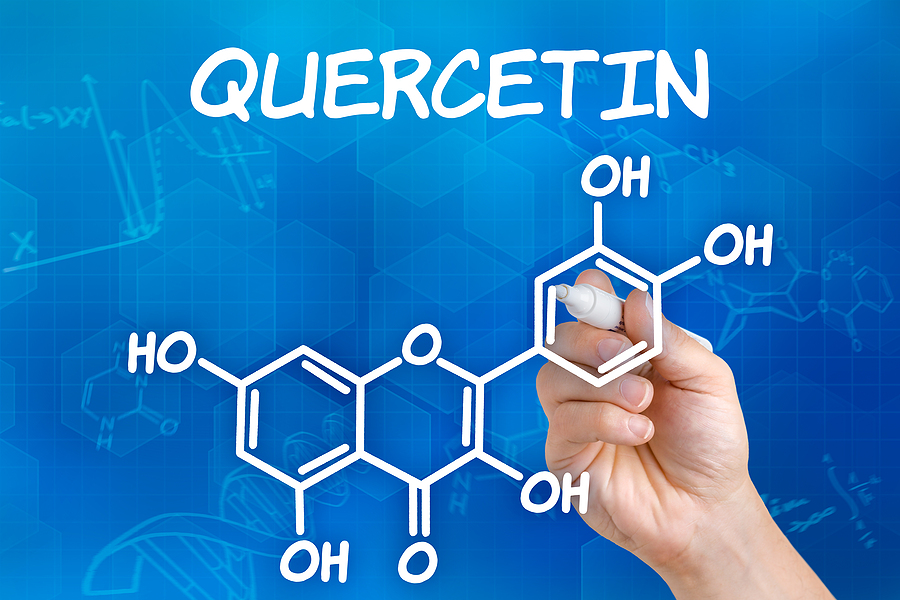In today’s post I’m going to help you discover foods that maximize nitric oxide production in your body. In a previous video I shared that there are two primary pathways for the creation of nitric oxide. They are:
The Nitrate Nitrite Pathway
The Endothelial Pathway
Both of these pathways are valid for the creation of nitric oxide. Nitric oxide is a signaling molecule that is used by your vascular system to improve blood flow. This molecule has three primary benefits:
First is vasodilation, which relaxes the smooth muscles of the blood vessels so that they expand. This improves the deliver of oxygen and nutrients as well as aids in the removal of cellular waste.
This expansion of the blood vessels can be a natural way to lower blood pressure back into the normal range.
Additionally, men cannot have an erection without nitric oxide so sexual health is also dependent on your nitric oxide levels.
Second, nitric oxide keeps blood platelet cells from sticking together, which naturally reduces your risk for strokes and heart attacks.
Third, nitric oxide helps to initiate repair mechanisms to keep the lining of your vascular system healthy and functioning.
(If you would prefer to view this information in a video format, then please click on my YouTube video below:)
Now the ingredients needed for each pathway are different.
Let’s start with the Nitrate Nitrite Pathway. Here you want to choose foods that are high in nitrates.
Nitrates are converted to nitrites in your body. These nitrites are then used for the creation of nitric oxide.
Arugula is a good choice. Of all the types of lettuce, this provides the highest source of nitrates. However, it’s a bit bitter to the taste so many people will opt for spinach.
Now you want fresh spinach, not canned spinach.
Beets are also rich in dietary nitrates.
If you don’t like the taste of beets, then used either a beetroot juice supplement or just plain beetroot powder.
Many processed meats like Ham, Bacon, Hot Dogs, and Deli Meat are high in nitrates. However, when you get your nitrates through processed meats you increase your risk that these types of nitrates can formed harmful nitrite compounds within your body. Read More →
